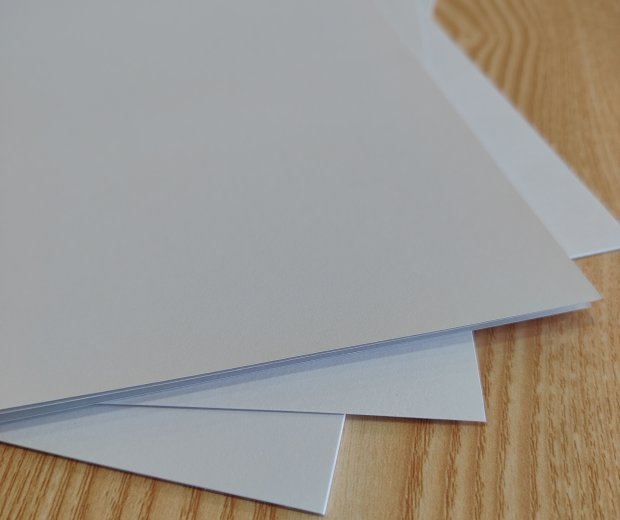Wood-Free Paper: Definition, Uses, and Benefits
Wood-free paper is a high-quality paper that does not contain mechanical wood pulp (like newsprint or kraft paper). Instead, it’s made from chemically processed pulp (usually from cotton, bamboo, or other plant fibers), resulting in a smoother, brighter, and more durable sheet.
Key Features of Wood-Free Paper:
✔ No mechanical wood pulp (but may still contain bleached chemical pulp from wood).
✔ Smoother surface – Ideal for printing and writing.
✔ Higher brightness & opacity – Better for vivid colors and sharp text.
✔ More durable – Resists yellowing over time compared to wood-containing paper.
Common Uses of Wood-Free Paper
Premium Printing – Books, magazines, brochures.
Office & Stationery – Copy paper, letterheads, notepads.
Packaging – Luxury product boxes, labels.
Art & Photography – High-end photo prints, art papers.
Greeting Cards & Invitations – Crisp, bright, and ink-friendly.
Wood-Free vs. Other Paper Types
| Type | Contains Wood Pulp? | Quality | Common Uses |
|---|---|---|---|
| Wood-Free Paper | No mechanical pulp (only chemical pulp) | High | Books, stationery, premium prints |
| Wood-Containing Paper | Includes mechanical pulp (e.g., newsprint) | Lower | Newspapers, cheap packaging |
| Recycled Paper | May contain wood or wood-free fibers | Varies | Eco-friendly office paper, packaging |
| Cotton Paper | 100% cotton fibers (no wood) | Very High | Resumes, certificates, art |
Benefits of Wood-Free Paper
✅ Better Print Quality – Sharp text and vibrant colors.
✅ Longer Lifespan – Resists yellowing and brittleness.
✅ Smoother Finish – Great for fine writing and detailed prints.
✅ More Sustainable Than Some Wood-Based Papers – Uses chemically processed pulp, which can be sourced responsibly.








